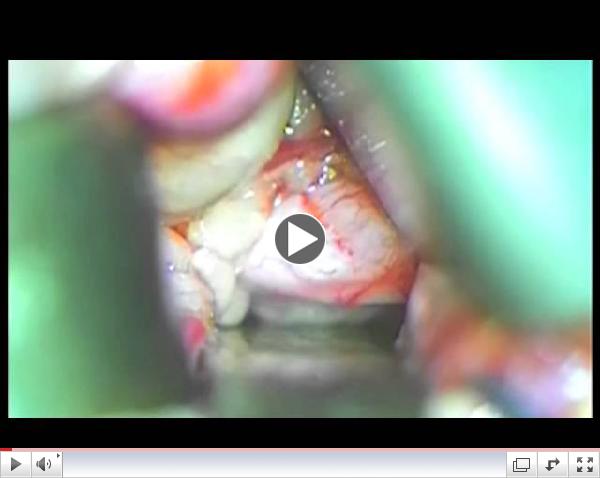|
Venous thromboembolism (VTE) in children.
A majority (recent survey) of active members of the Pediatric Orthopedic Society of North America have encountered at least one child with a diagnosis of VTE.
Factors associated with VTE in children include:
- Mean age 14.3 years.
- Majority (61%) are male.
- Average BMI is 28 (25-31).
- 44% present with deep vein thrombosis (DVT) only.
- 26% present with pulmonary embolus (PE) only.
- 30% present with DVT and PE.
- Lower extremely and adolescence is the most common association.
"Although uncommon, potentially fatal VTE can occur among children with a variety of muscular skeletal ailments". A preoperative family history of thrombophilia is valuable information. The role VTE prophylaxis in children remains unknown.
Journal of Pediatric Orthopaedics
|
Video Feature
 | | Optic Nerve Sheath Fenestration |
via YouTube
|
Idiopathic raised Intracranial pressure (ICP).
First described in 1897, and termed "pseudotumor cerebri" in 1904, an increase in intracerebral pressure requires agreement as to the definition of what "normal" pressure values are in children. Though few pediatric studies are available, it appears (though still controversial) that for children < 8 years of age a CSF opening pressure of < 18cms H2O, & for children over 8 years of age , < 25 cms H2O ( the normal adult pressure ) are reasonable. Almost all patients with optic nerve edema have pressures > 28 cmH2O.
Other criteria utilized include: - No focal neurological signs (other than palsies of cranial nerves IV &/or VII).
- Normal CSF chemistry.
- Bilateral optic disk edema.
- Exclusion of other causes.
- Symptoms of increased CSF pressure including headache, vomiting, tinnitus, etc. with improvement after drainage.
(Probable diagnosis: increase CSF pressure plus 1-4 and/or 4 or 5) Pediatric Neurology |
Cancer risk among children after assisted conception.
Linking all children born in the UK between 1992 and 2008 after assisted conception to their National Registry of Childhood Tumors under the age of 15 years and comparing the data to population-based rates (adjusting for a wide variety of potentially modulating factors) indicates no overall increase in risk of cancer (however, a small increase in risk is noted for hepatoblastoma and rhabdomyosarcoma).
New England Journal of Medicine
|
|
Quality of Spirometry in 5-8 yr. old children.
Of 376 spirometries of 5-8 year old children (mean 6.7 years), 68% fulfilled the 2005/2007 American Thoracic Society/European Respiratory Society quality standards.
A FET (forced expiratory time) > 3sec a BEV (back-extrapolated volume) < 80ml, repeatability of FEV1 and an FVC <100ml or 10%, may be used as elements of quality control for spirometry in children.
Pediatric Pulmonology
|